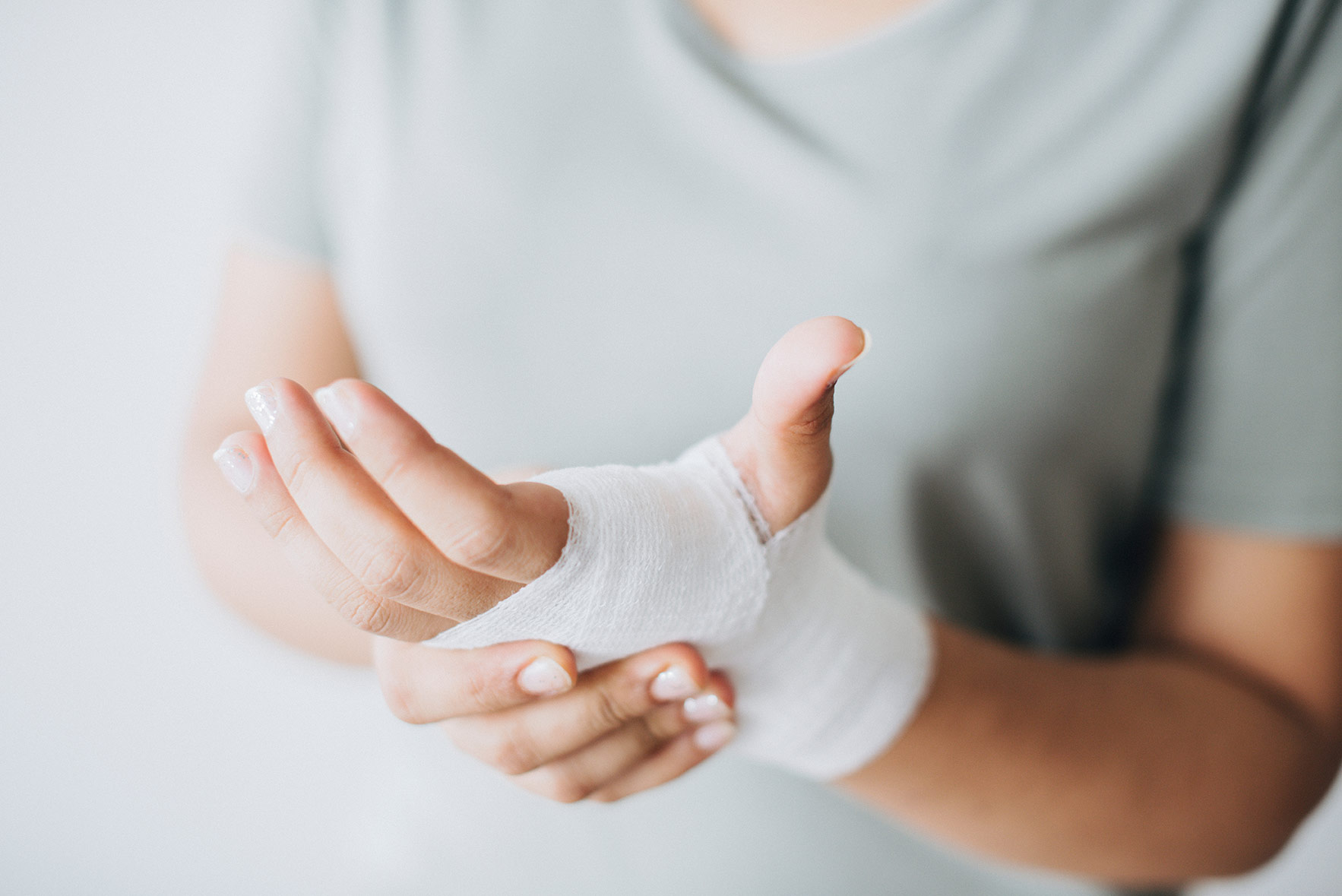Dog bites can be a distressing experience, leaving both physical and emotional wounds.
Whether you’ve been nipped, scratched, or bitten, responding promptly and appropriately is crucial to minimize the risk of infection and ensure proper wound healing.
In this blog post, we will provide you with essential information on how to treat a dog bite, including immediate steps to take after an incident and when to seek urgent medical attention.
Understanding the right course of action can protect yourself and your furry friend while promoting a swift recovery.
Continue ready to learn more about how to treat a dog bite and get answers to the question, “Should I go to urgent care for a dog bite?” below.
How to Treat a Dog Bite
The priority after a dog bite is to ensure the safety of yourself and others. If the dog is still aggressive or poses a threat, immediately move to a safe location to remove yourself from further harm.
To treat a dog bite, follow these steps:
- Clean the Wound
Properly cleaning the dog bite wound is essential to reduce the risk of infection. Begin by gently washing the affected area with mild soap and warm water. Thoroughly cleanse the wound, removing any dirt, debris, or bacteria. It’s important to avoid scrubbing the wound vigorously, as this may cause further damage.
- Control the Bleeding
If the bite has caused bleeding, apply gentle pressure with a clean cloth or sterile gauze pad to control the bleeding. Elevating the wound can also help minimize bleeding.
- Apply an Antiseptic
After cleaning the wound, apply an antiseptic solution, such as hydrogen peroxide or povidone-iodine, to further disinfect the area. This step helps reduce the chances of infection.
- Cover the Wound
Once the wound is clean and dry, cover it with a sterile bandage or non-stick gauze pad. This protects the wound from dirt and bacteria. Remember to change the dressing regularly, at least once or twice a day, or as instructed by a healthcare professional.
What to Do After a Dog Bite
In addition to the immediate steps mentioned above, consider the following recommendations after a dog bite:
Monitor for Signs of Infection
Keep a close eye on the wound for any signs of infection, such as increased redness, swelling, warmth, or pus. If you notice any of these symptoms, seek medical attention promptly.
Consider Vaccination and Tetanus Shot
Ensure that your tetanus vaccination is up to date. Dog bites, particularly deep ones, can put you at risk for tetanus. If you’re unsure about your vaccination status or it has been more than five years since your last booster, consult a healthcare professional.
Report the Incident
It is crucial to report the dog bite incident to the appropriate authorities, such as animal control or local law enforcement, especially if the dog is unfamiliar or if you suspect neglect or abuse.
How to Tell if a Dog Bite is Infected
After experiencing a dog bite, monitoring the wound for any signs of infection is essential. Detecting an infection early allows for timely medical intervention and prevents complications.
Your dog bite may be infected if you experience any of the following:
- Increased redness
- Swelling
- Warm to the touch
- Pain and tenderness
- Pus or drainage
- Foul odor
- Fever
- Chills
If you believe your dog bite is infected, seek urgent care treatment immediately.
Do I Need Stitches for a Dog Bite?
Determining whether you need stitches for a dog bite depends on the severity of the wound.
In general, deep or large dog bite wounds may require stitches to promote proper healing and reduce the risk of complications.
It is best to consult a healthcare professional who can assess the wound and determine if stitches are necessary. They will evaluate factors such as the bite’s depth, length, and location and the presence of tissue loss or jagged edges.
Prompt medical attention is crucial to ensure appropriate wound closure and minimize the risk of infection.
If I Don’t Show Signs of Infection, Should I Go To Urgent Care for a Dog Bite?
The short answer is yes.
While minor dog bites can often be managed at home, certain situations require medical evaluation.
Consider seeking urgent medical attention in the following cases:
You have deep or large wounds– A medical assessment is necessary if the bite has caused a deep puncture or laceration. Deep wounds may require stitches or other interventions to promote healing and prevent complications.
You are experiencing excessive bleeding– If the bleeding does not stop or is profuse, seek medical attention immediately. Apply continuous pressure to the wound with a clean cloth while waiting for medical help.
You have concerns about rabies– If the dog that bit you is unknown or suspected of being rabid, immediate medical attention is crucial. Rabies is a serious and potentially life-threatening viral infection that requires immediate treatment.
Get Prompt Care For a Dog Bite at Thibodaux Regional Urgent Care in Houma
Responding promptly and appropriately to a dog bite is crucial for minimizing the risk of infection and ensuring proper wound healing.
If a dog has bitten you or a loved one and need prompt medical attention that may require getting stitches look no further than Thibodaux Regional Urgent Care in Houma.
We are open daily with no appointments ever necessary. Simply walk in to get the wound care you need now.

